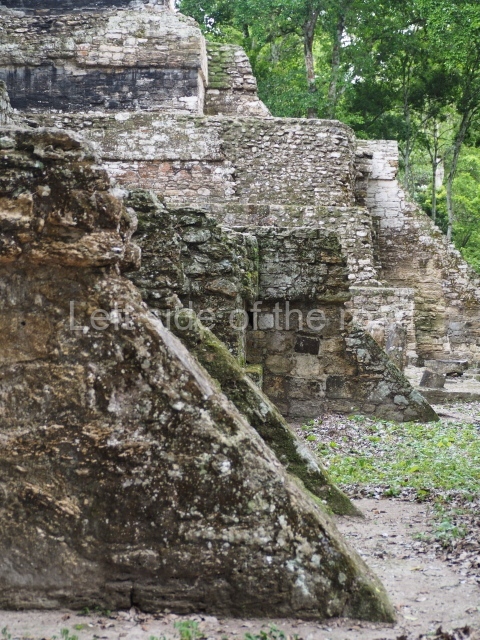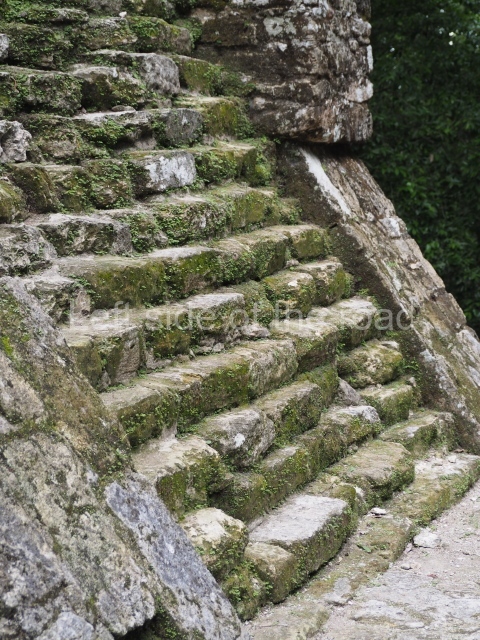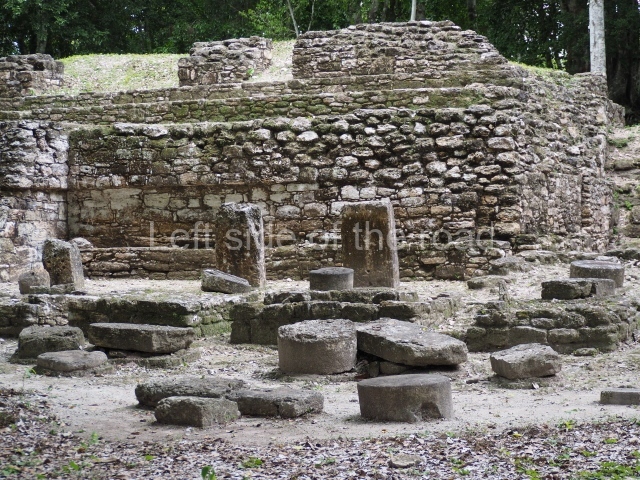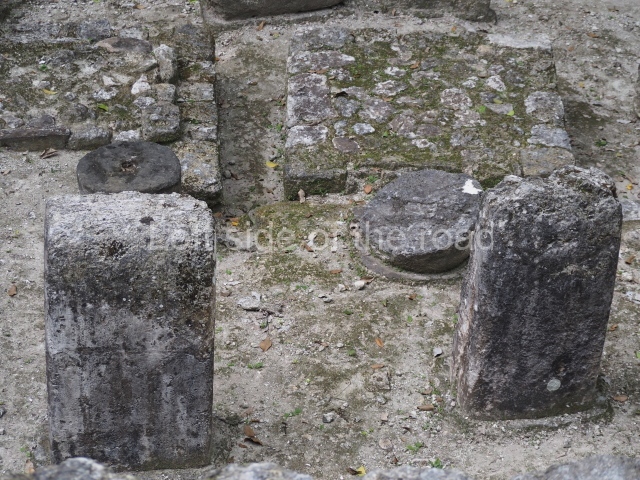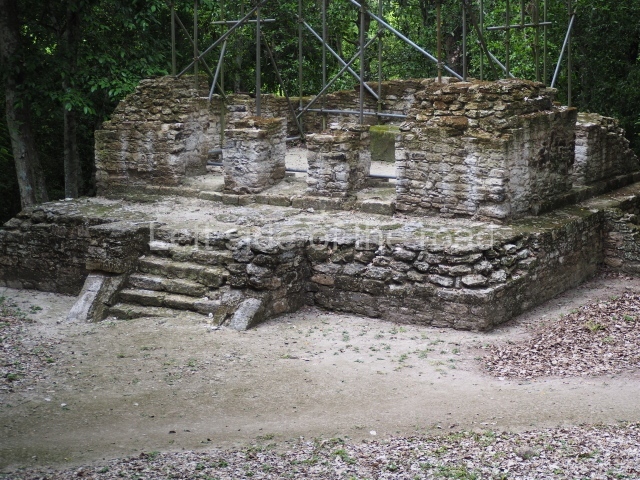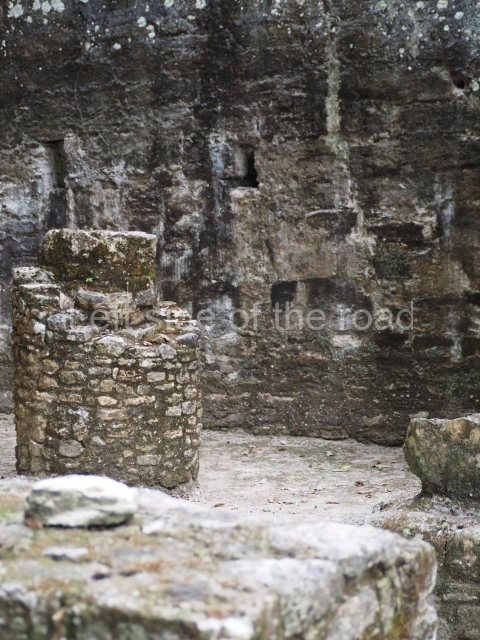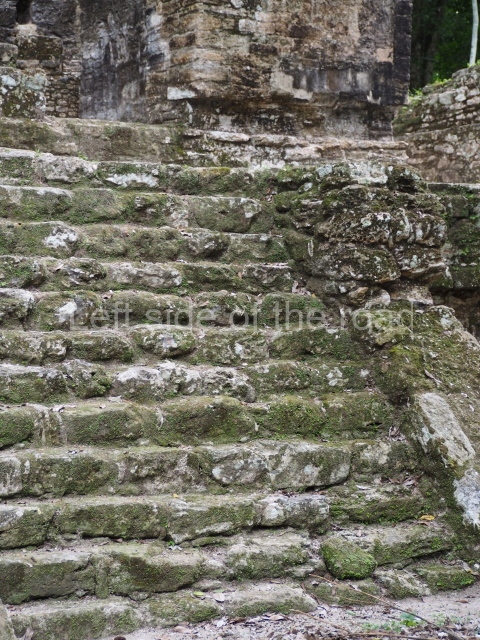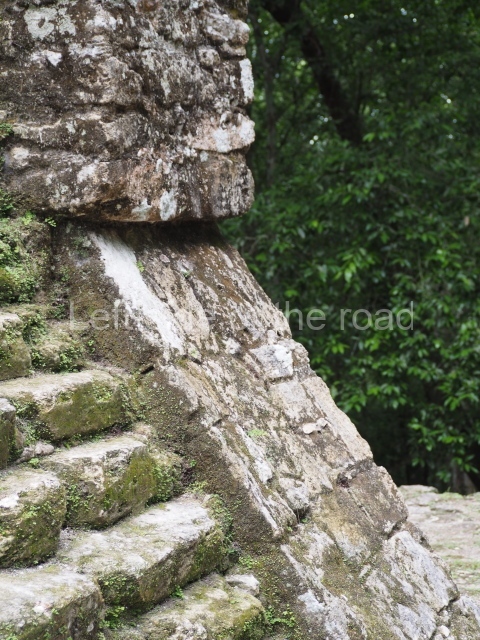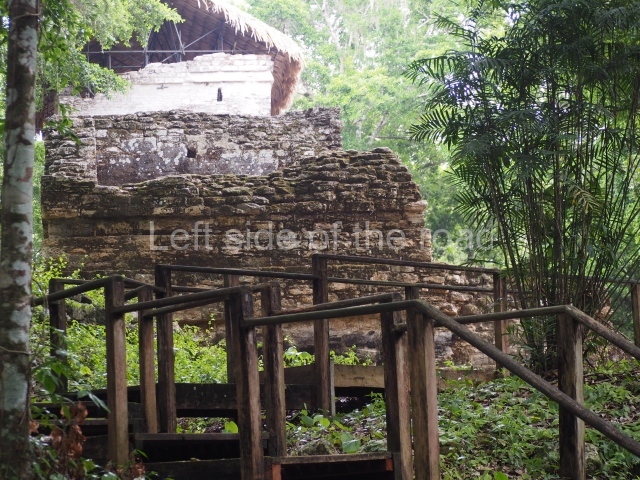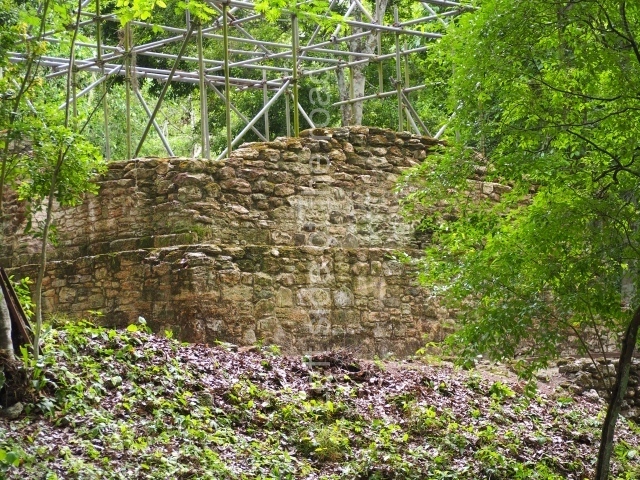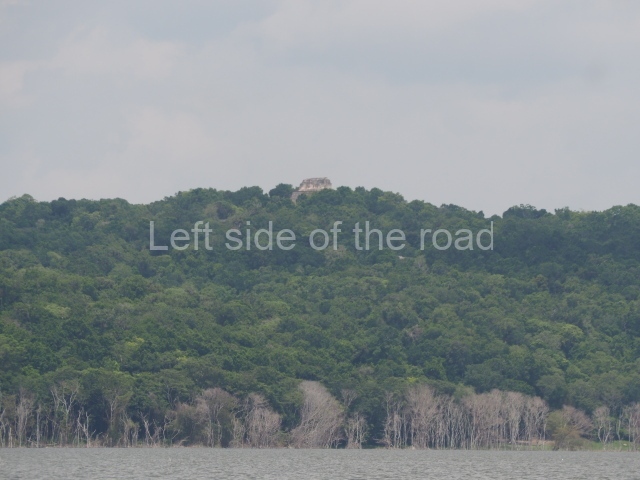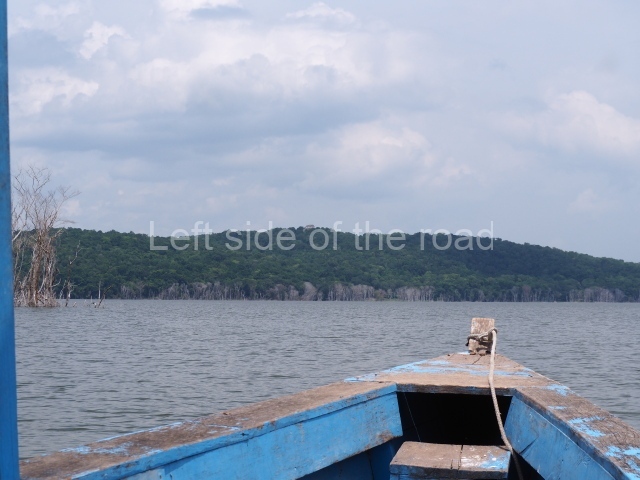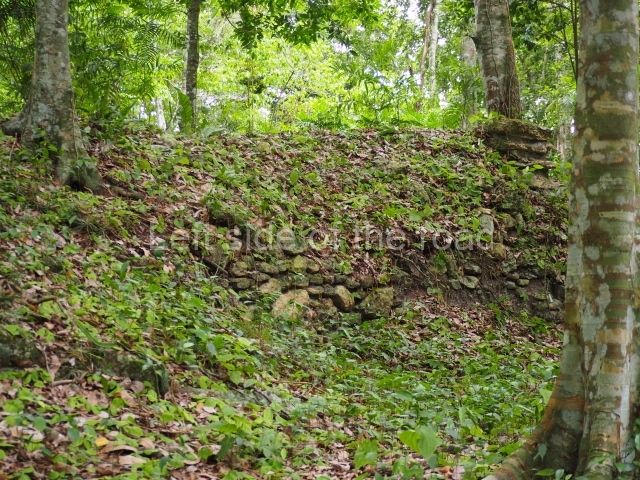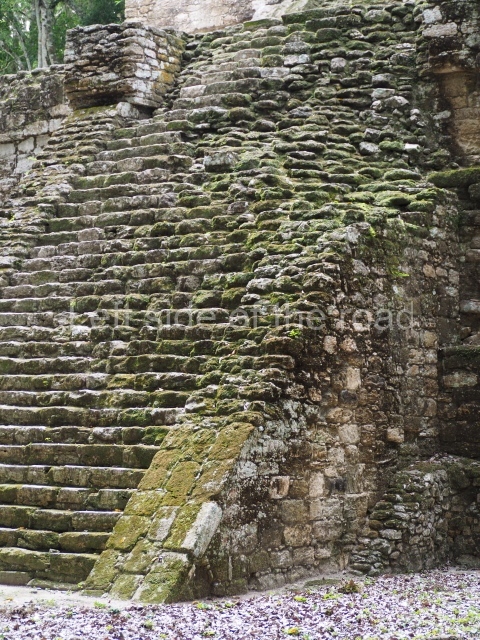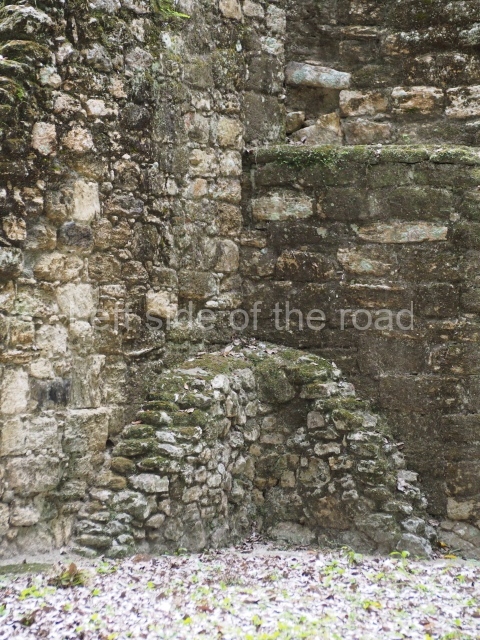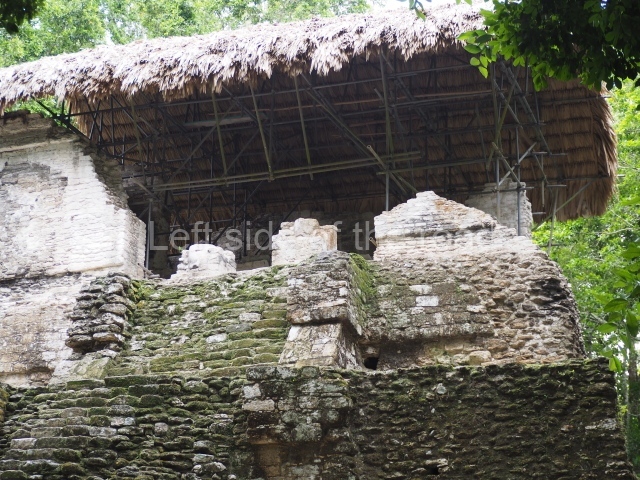Topoxte – Guatemala
Location
This site is situated south of Lake Yaxha, on an island or peninsula, depending on the level of the lake. The vegetation on the island is controlled regularly and boasts very pleasant spaces that make it easy to get from one plaza to another. Access to the site is via boat from the Yaxha visitor centre, where there is a small interpretation centre with a scale model and wooden replicas of pieces made by local craftsmen. Topoxte belongs to the Yaxha-Nakum-Naranjo National Park and great importance is attached to the conservation of the nature reserve.
History of the explorations
Like Yaxha, Topoxte was discovered in 1904 by Teobert Maler, who mapped the main plaza and took photographs of Building C. Subsequently, Maurice de Perigny, Silvanus Morley, William Bullard and other researchers visited the site. The explorations and restoration works conducted by the IDAEH-KAVA-DAI concluded in 1996. Topoxte has a longer history than both Yaxha and Tikal as archaeologists have discovered ten construction stages underneath the Main Plaza, with an occupational timeline stretching from the Middle Preclassic to the Middle Postclassic (800 BC-AD 1450). During the excavation of the south-west section of the Main Plaza in 1994 a burial from the Classic period was discovered under Building A. Tomb 49 revealed extraordinary examples of Maya paraphernalia, including various jade objects that are currently on display at the National Museum of Archaeology and Ethnology in Guatemala City. Meanwhile, a stone turtle covered with stucco and blue, white and black paint was found inside Building E; emerging from the jaws of the turtle is a human face, a characteristic motif of the latter days of the Maya civilisation.
Site description
The island measures 400×300 m and adopts the form of a half moon. It has nearly 100 constructions from the Middle Postclassic (up to AD 1450). The architectural spaces are organised on terraces around two raised sections. The most important part of the site is the group of buildings in the Main Plaza, which boasts the best preserved Postclassic buildings in the whole of Peten (buildings C, D, E and G). Here, the buildings had flat slabs of wood and lime cement, now lost, vertical stepped platforms and stairways with balustrades culminating in finial blocks. The facades have columns or pillars, and three or more entrances. Opposite the main buildings are platforms with stelae and smooth cylindrical altars.
Oscar Quintana Samayoa
From: ‘The Maya: an architectural and landscape guide’, produced jointly by the Junta de Andulacia and the Universidad Autonoma de Mexico, 2010, pp216-219.
- Building A; 2. Building B; 3. Building C; 4. Building D; 5. Building E; 6. Building F; 7. Building G; 8. Building H; 9. Building I; 10. Building J.
How to get there:
Topoxte can only be visited as part of a visit to Yaxja. After leaving the National Park entrance you have to take the left hand fork at the first junction which takes you down to the lakeside. You will probably have to get the guardians at the Yaxja site to call in advance so there is someone to operate the launch. Topoxte is on a small island on the far side of the lake. The launch will wait as you explore the small site. The site is really only one square about a 10 minute walk from the dock.
GPS:
17d 03’ 47” N
89d 25’ 24” W
Entrance:
Is effectively ‘free’ but you have to pay for the launch. I was charged Q200.



